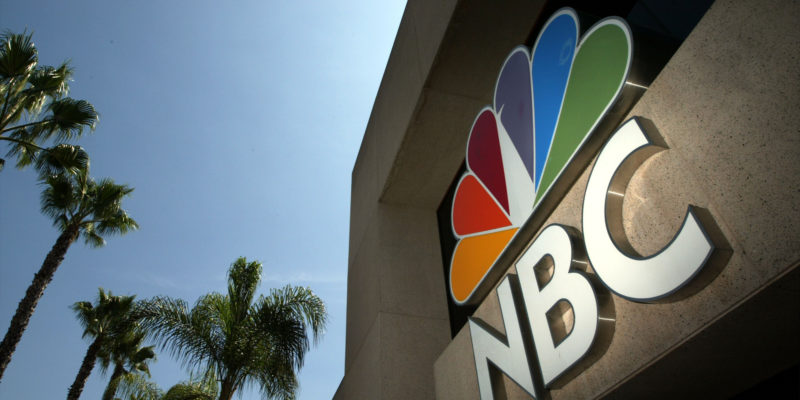The Takeaways:
- The new ad formats are organized under three categories: talent, content and “sensory experiences.”
- NBCUniversal has rolled out 30 new advertising formats since 2018 and says they have been “significantly more effective than traditional advertising.”
- “Clients and agencies alike are looking for creative, authentic ways to partner, and reach audiences with a highly engaging viewer experience. With these new formats, we’re bringing bold creative visions to life by democratizing access to our talent, and introducing new ways to engage the senses and hold attention spans,” said Josh Feldman, executive vice president and head of marketing and advertising creative at NBCU, in a statement.
What it Means:
NBCU’s innovative formats provide new and exciting ways for users to interact with brands and products. For example, the “1:1 Talent Surprise” enables viewers to have talent during commercial breaks offering live, branded video chats.
Additionally, NBC says “Brand Experience” enables marketers to incorporate messages into TV shows, in collaboration with NBCUniversal’s writers, producers and talent to “authentically weave their stories into fan-favorite shows.”
According to NBCU, these new ad formats are working, as 92% of viewers appreciate commercial innovations compared to standard ads, while 88% are more likely to remember the featured brand; and 78% are less likely to change the channel.
The Frontier of Ads:
NBCU is not the only company experimenting with new advertising formats. So far, this year has seen a broader trend within the industry of evolved ad offerings with companies pushing the frontier of advertisements in order to facilitate higher consumer engagement with products and brands.
This month Google launched its Swirl 3D interactive ad format, and earlier this year, Hulu rolled out new choice-based ads where viewers will be able to select which ads from a brand they want to see.
With coronavirus fears accelerating the shift towards e-commerce, retail platforms are increasingly moving towards AR, and even VR presentation formats to facilitate online consumer spending.









